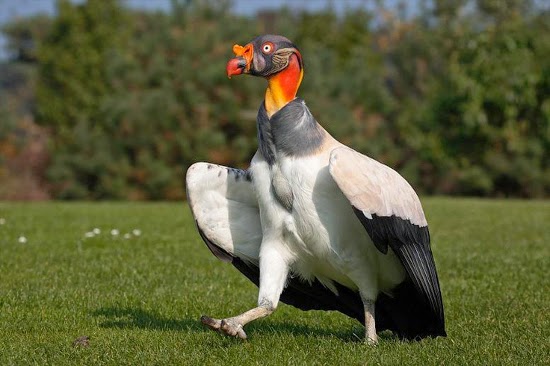
The names of these villages were (from north to south): Anapatawa, Xexotawa (spelt “Chichutawa”), Moo’ytawa (“Moutawa”), Makotawa (“Mankutawa”), and Tapi’itawa (“Tampiitawa”) (Wagley, 1988: 49).

There were about 1500 people living in five villages, all located near the tributaries of the left bank of the Araguaia. They maintained an intense communication with the Javaé, mainly the villages of Wariwari and Imotxi, with visits, regular trading, and exchanges of songs and rituals.īy 1900, the Tapirapé territory comprised the left bank of the Araguaia river until a little above the present division of the states of Mato Grosso and Pará. They had already reached the northern point of the island in 1775 (Baldus, 1970). Another part of the group was living on the Ilha do Bananal (today in the state of Tocantins), in contact with the Javaé. Their villages already reached from Pará to the north and surroundings of the Tapirapé river in the 18th century. One part was on the left bank of the Araguaia, in the state of Pará, a little above today's border with Mato Grosso. In the history of the group, from the 18th century up until the present, we see the Tapirapé coming into contact with different Karajá groups whose territories they went around, as they approached the Ilha do Bananal, heading south: with the Karajá who lived in the Lower Araguaia, with the Javaé who lived in the interior of the island, and with the Karajá who lived in the mid-Araguaia and the mouth of the Tapirapé.Īt the end of the 18th century and the beginning of the 19th, the Tapirapé found themselves divided. The large displacements of indigenous groups in Brazil's central region which occurred up until the 19th century led them into contact with the Tapirapé in the forests of Pará, who then fled to the forest near the left bank of the lower Araguaia.
#Foto urubu series
The Tapirapé have a series of historical and mythological narratives about their centuries old presence in the woods on the left bank of the Araguaia, specifically in the mountainous region known as Urubu Branco, to the north of the Ilha do Bananal, mouth of the Javaé river, and in the mid-Araguaia. Since then, they have oscillated between friendly co-existence to hostility and confrontation. The Tapirapé's contact with their neighbours, the Karajá and the Kayapó, dates back to before the 17th century. Their presence was noted to the north of the Tapirapé river from the same period. The Tapirapé are an indígenous group who originally came from the lower stretches of the Tocantins and Xingu rivers, where they lived until the 17th century.They arrived in the riverside region of the middle Araguaia about the second half of the 18th century. At the moment they inhabit two indigenous areas, Tapirapé/Karajá, with 66.166 hectares, offically recognised in 1983, with a mixed population of Tapirapé and Karajá, and Urubu Branco, covering 167.533 hectares and offcially recognised in 1998. The Tapirapé exploit these environments according to the season and the activity: planting, hunting, collecting and fishing. Tapi’itawa, the best known village of the group, has the ideal conditions for the location of a village: non-flooding land near high forests, but also near open fields next to the tributaries of the Araguaia and a perennial stream that does not run dry in the dry season. Agriculturalists, traditionally their villages have been located near dense forests on non-flooding high ground, where they plant their crops. The Tapirapé live in a region of tropical forest, with typically Amazonian flora and fauna, divided by open fields and cerrado (low vegetation). But in the Urubu Branco indigenous area they still face problems over land, because of invasions by farmers and prospectors. After their traditional territory was occupied by cattle ranches, in the 1990s they managed to get official recognition of two indigenous areas, one of them in co-habitation with the Karajá. As a result of contact with the advancing development fronts from the mid- 20th century, they suffered an intense loss of population, and during this time they became close to the Karajá groups, formerly their enemies. The Tapirapé are a Tupi-Guarani people who inhabit the region of the Urubu Branco mountain range in Mato Grosso.


 0 kommentar(er)
0 kommentar(er)
